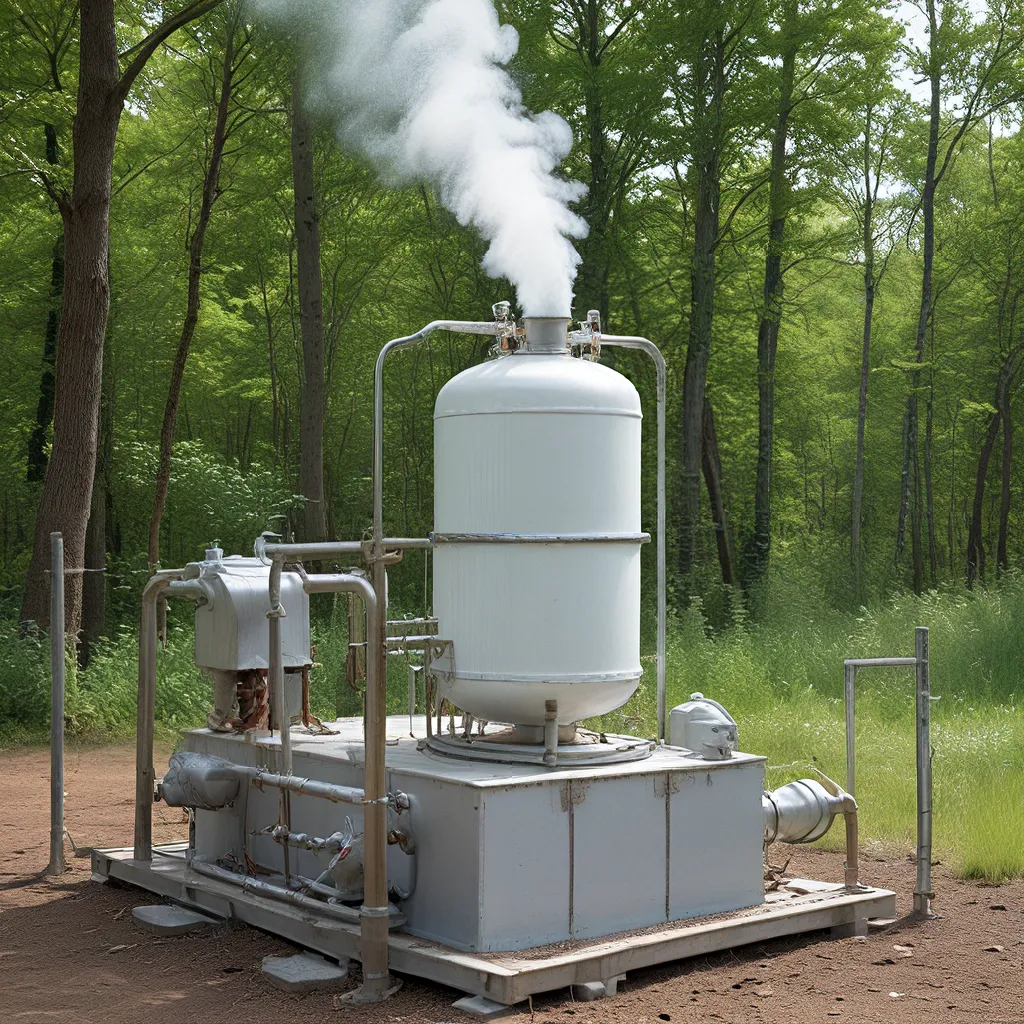
Ah, the alluring prospect of homemade hydrogen! It’s like the golden ticket to a future where we’re all fueling our cars and powering our homes with a clean, renewable resource. But how exactly does one go about tapping into this elusive element and transforming it into usable fuel? Well, my friends, prepare to embark on a journey of DIY discovery as I guide you through the captivating world of hydrogen production.
The Hydrogen Hustle: Separating Fact from Fiction
Let’s start with the basics, shall we? Hydrogen may be the most abundant element in the universe, but it doesn’t just come pre-packaged and ready to use. No, no, my curious comrades, we have to work for it! You see, hydrogen is almost always found in compounds like water (H2O) or methane (CH4), and we need to separate it out to get that pure, unadulterated H2 that we can use as fuel.
According to the U.S. Department of Energy, there are a few different ways we can tackle this challenge, each with its own set of pros and cons. We’ve got natural gas reforming, gasification, electrolysis, biomass-derived liquid reforming, and even some nifty futuristic methods like thermochemical water splitting and photobiological water splitting. Phew, that’s a lot of options!
But here’s the kicker: not all hydrogen is created equal. You see, the environmental impact and energy efficiency of hydrogen production can vary wildly depending on the method used. That’s why the Department of Energy has introduced a “clean hydrogen” standard, which aims to ensure that the hydrogen we produce has a low carbon footprint.
Hydrogen at Home: DIY Electrolysis and Beyond
Now, let’s dive into the heart of the matter – how can we mere mortals create our own hydrogen fuel at home? Well, my friends, the answer lies in the magic of electrolysis. According to researchers at Argonne National Laboratory and the University of Chicago, the key to affordable, clean hydrogen production lies in a new, low-cost catalyst made from cobalt.
Electrolysis is the process of using electricity to split water molecules into their basic components: hydrogen and oxygen. And with the right equipment and a little bit of know-how, you can set up your very own DIY hydrogen production system right in your own backyard (or garage, or kitchen, or wherever you have a little space to work).
The beauty of this approach is that it allows you to harness the power of renewable energy sources like solar or wind to generate your hydrogen fuel. Imagine it – your own personal hydrogen oasis, fueled by the natural elements and free from the shackles of fossil fuels. It’s a hydrogen-powered paradise, my friends!
Homemade Hydrogen Hacks: Tips and Tricks
Now, before you go rushing out to build your very own hydrogen rig, let’s take a moment to explore some of the key considerations and potential pitfalls. After all, we want this to be a safe and successful endeavor, don’t we?
Safety First: Hydrogen is a highly flammable gas, so proper safety precautions are an absolute must. Make sure your equipment is well-ventilated, and be vigilant about any potential leaks or sparks. It’s also a good idea to have a fire extinguisher on hand, just in case.
Optimize Your Output: The efficiency of your electrolysis process can be greatly improved by using the right catalysts and optimizing your operating conditions. As the Argonne/UChicago researchers discovered, a cobalt-based catalyst can significantly enhance the performance and durability of your hydrogen production setup.
Maximize Your Renewable Edge: To truly reap the benefits of clean, sustainable hydrogen fuel, it’s crucial to power your electrolysis system with renewable electricity sources like solar or wind. This way, you can ensure that your homemade hydrogen is as environmentally friendly as possible.
Scale Your Operation: Now, I know what you’re thinking: “But how much hydrogen can I really produce at home?” Well, the sky’s the limit, my friends! With the right equipment and a little bit of scaling, you can gradually ramp up your hydrogen production to meet your energy needs, whether that’s fueling your car, powering your home, or even selling excess to your local energy-saving products company.
Homemade Hydrogen: The Future is Yours to Fuel
As we’ve explored, the world of homemade hydrogen production is a fascinating and rapidly evolving landscape. From the cutting-edge research happening at places like Argonne National Laboratory to the DIY enthusiasts tinkering in their garages, the potential for clean, renewable hydrogen fuel is truly inspiring.
So, what are you waiting for? Dive in, my friends, and let’s start harnessing the power of hydrogen, one homemade fuel cell at a time. The future is ours to shape, and the key just might be hiding in plain sight – in the very water that surrounds us.
Who knows, maybe one day we’ll all be driving around in hydrogen-powered cars, our homes buzzing with the clean energy we’ve produced ourselves. It’s a bold, exciting vision, and with a little determination and a dash of DIY flair, it just might become a reality. The journey begins now – so let’s get to work!